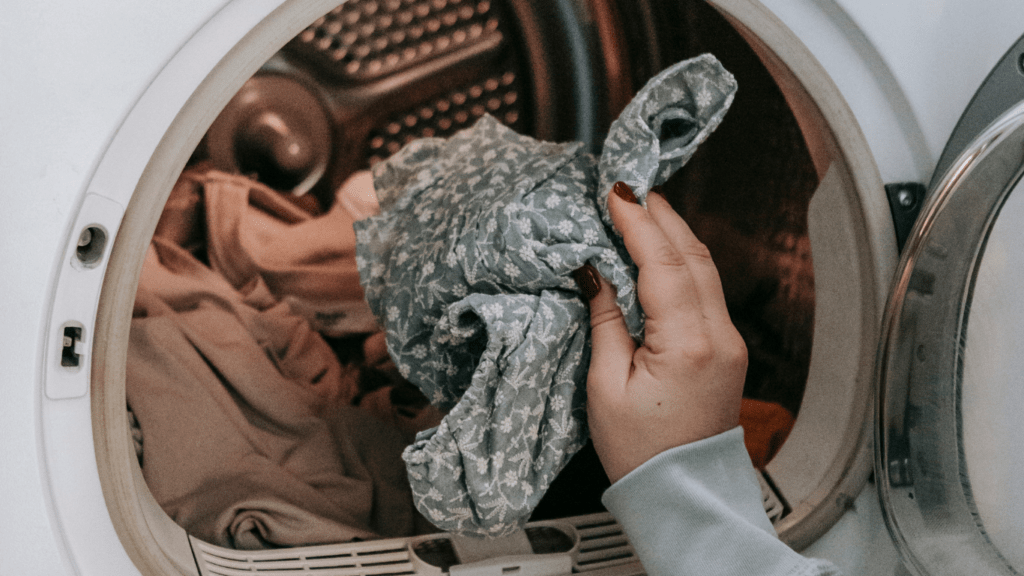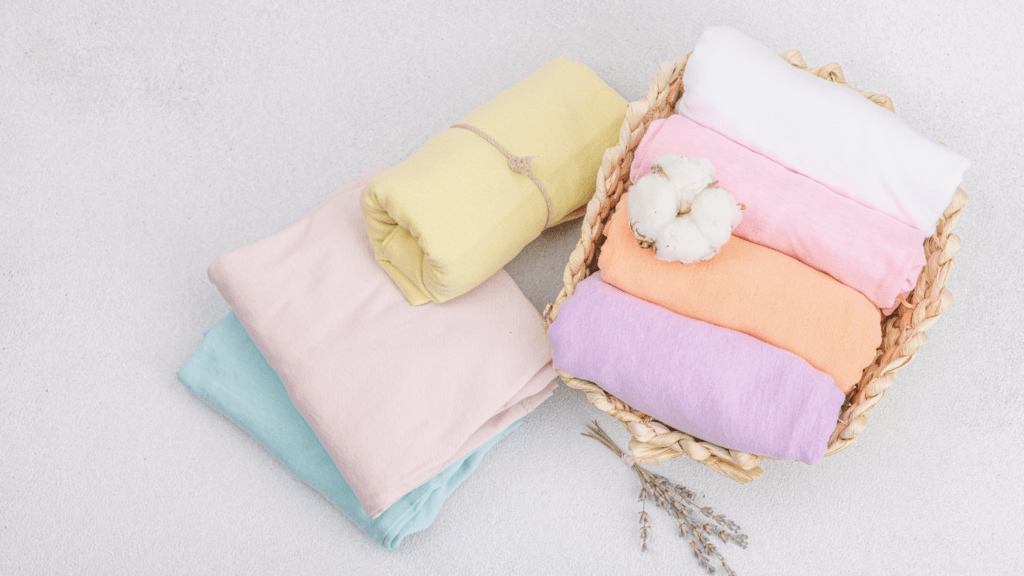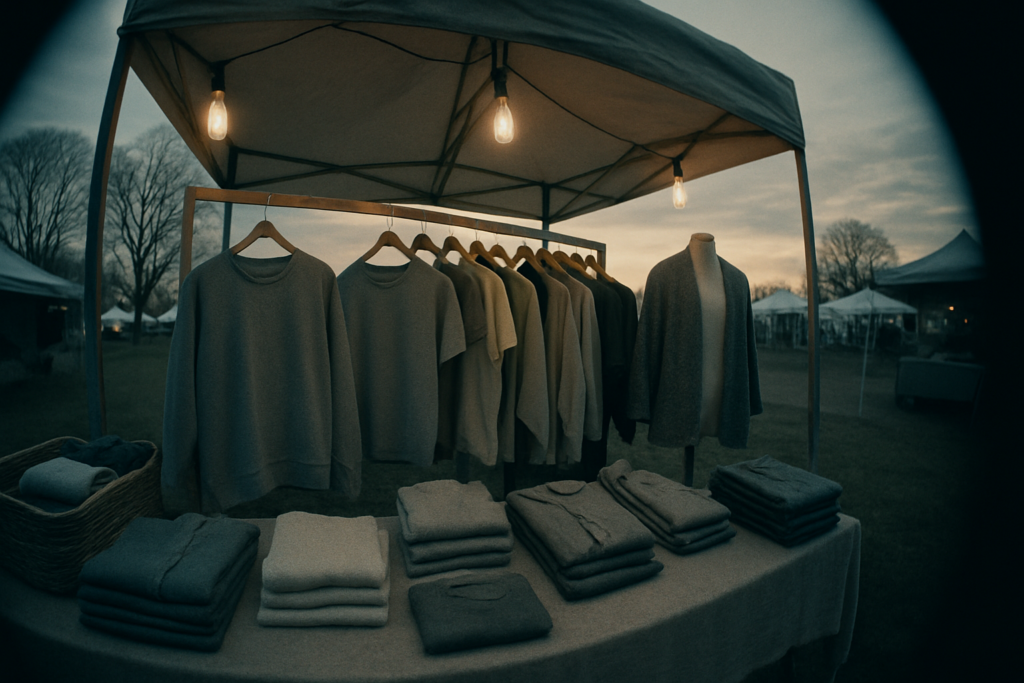Understanding Eco-Friendly Clothing Care
Eco-friendly clothing care helps reduce environmental impact and prolongs garment life. It involves adopting practices that conserve resources and minimize waste.
Why It Matters
Eco-friendly clothing care reduces water and energy usage, cuts down on pollutants, and extends the lifespan of garments. Traditional washing methods consume large amounts of water and electricity.
For example, washing a load of laundry uses around 15-30 gallons of water. Switching to cold water washes and line drying helps minimize these impacts. Additionally, eco-friendly care reduces microplastic pollution, which is detrimental to marine life.
The Basics of Eco-Friendly Care
1. Washing Practice
Use cold water for washing clothes to save energy. Warm water washes contribute to higher energy usage and increases wear on fabrics. Cold washes can clean effectively, especially with quality detergents designed for low temperatures.
2. Detergent Selection
Choose eco-friendly detergents that are biodegradable and free from harsh chemicals. Conventional detergents often contain phosphates and synthetic fragrances that harm aquatic ecosystems.
3. Drying Methods
Opt for air drying instead of using a tumble dryer. Dryers consume a significant amount of electricity. Line drying preserves fabrics and reduces energy consumption. If using a dryer, clean the lint filter after every cycle to improve efficiency.
4. Storage Tips
Store clothes in cool, dry places to prevent mold and mildew. Avoid plastic containers, which can trap moisture. Use breathable fabric garment bags to protect delicate items.
5. Repair and Upcycle
Mend minor damages instead of discarding clothes. Learn basic sewing techniques to fix tears or replace buttons. Upcycling old garments into new items reduces waste and creates unique pieces.
Use these practices to make a positive difference in your environmental footprint while maintaining a stylish, sustainable wardrobe.
Tips for Washing Clothes Sustainably

To wash clothes sustainably, consider specific practices that reduce environmental impact without compromising cleanliness.
Use Cold Water
Using cold water significantly reduces energy consumption, as heating water accounts for 90% of the energy in a washing cycle. Cold water also preserves fabric quality, preventing shrinkage and color fading.
Choose Eco-Friendly Detergents
Choosing eco-friendly detergents minimizes the release of harmful chemicals into waterways. Look for biodegradable detergents free from phosphates and synthetic fragrances. Brands like Seventh Generation, Mrs. Meyer’s, and Ecover offer effective options.
Efficient Use of Washing Machines
Optimizing the use of washing machines contributes significantly to eco-friendly clothing care. Implementing specific practices helps reduce energy and water consumption while extending garment lifespan.
Load Sizing
- Filling the washing machine to its optimal load size minimizes water and energy usage.
- Overloading causes clothes to not clean properly, leading to additional washes, while underloading wastes resources.
- Check the machine’s manual to understand its capacity, and aim to run full, balanced loads to maximize efficiency.
Energy-Efficient Models
Using energy-efficient washing machines cuts down on electricity consumption and lowers utility bills. Look for models with the ENERGY STAR label, which meet strict energy performance standards.
Energy-efficient machines often have advanced settings, like eco modes that use less water and shorter cycles tailored for different fabric types.
Choosing an energy-efficient model aligns with sustainable living practices, providing long-term benefits for both the environment and your household.
Drying Clothes the Green Way
Drying clothes in an eco-friendly manner reduces energy use and extends garment life. Consider air-drying and energy-efficient dryer tips for greener clothing care.
Air-Drying Techniques
Opting for air-drying has zero energy consumption. Use a clothesline, drying rack, or hangers. Place clothes outside when it’s sunny; the UV rays help kill bacteria and remove odors.
Inside, avoid humid spaces and ensure good air circulation to prevent mildew. Rotate garments to enhance even drying and conserve space.
Energy-Saving Dryer Tips
If air-drying isn’t feasible, choose energy-saving dryer methods. Clean the lint filter before every cycle to improve efficiency. Use dryer balls, which reduce drying time by improving air circulation.
Select the lowest heat setting that effectively dries clothes, and avoid over-drying to prevent fabric damage. Switch to a ventless heat pump dryer, which uses up to 50% less energy compared to conventional dryers.
Maintaining Clothes for Longevity
Maintaining clothes effectively reduces environmental harm and extends garment life. Consider the following tips to keep clothes in optimal condition.
Repair and Upcycle
Fixing minor damage can significantly extend a garment’s life. Address small holes or loose buttons promptly, using sewing kits. DIY repair not only saves money but also minimizes textile waste.
Upcycling old clothes into new items keeps them out of landfills. Turn worn-out jeans into shorts or tote bags to give them a second life.
Proper Storage Solutions
Storing clothes correctly preserves their quality. Use cool, dry places to prevent mold and dampness. Avoid overcrowding closets, as this can cause wrinkles and fabric stress.
Invest in high-quality hangers for suits and dresses to retain their shape. For delicate fabrics, opt for padded hangers. Store knitwear flat, not hung, to prevent stretching. Use garment bags for infrequently used items to protect against dust and pests.


 is the visionary founder of Eco Elegance Technique, a platform dedicated to blending sustainability with beauty and fashion. With a background in environmental science and fashion design, Lauranne has spent her career pioneering eco-friendly practices in both industries. Her work has influenced a shift towards ethical sourcing, waste reduction, and the use of organic materials. Passionate about education, she frequently speaks at conferences and works to inspire others to embrace a sustainable lifestyle.
is the visionary founder of Eco Elegance Technique, a platform dedicated to blending sustainability with beauty and fashion. With a background in environmental science and fashion design, Lauranne has spent her career pioneering eco-friendly practices in both industries. Her work has influenced a shift towards ethical sourcing, waste reduction, and the use of organic materials. Passionate about education, she frequently speaks at conferences and works to inspire others to embrace a sustainable lifestyle.
